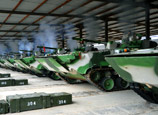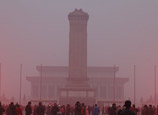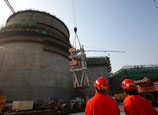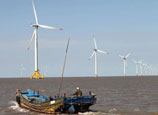
Key Words:Trans-Pacific Partnership;negotiation;U.S.;interests;fourth year;
Related Reading:
>> Will SE Asia become a battleground?
>> US stirs up conflict among Asian countries as part of rebalancing strategy
The negotiation of Trans-Pacific Partnership Agreement has entered its fourth year, but there still seems nowhere to go. Several reasons have lead to the stagnation of the negotiation.
Firstly, the negotiation is troubled by the mixed mode of bilateral and multilateral negotiations adopted by TPP on the issue of market access. The usual method of a free trade agreement negotiation is that all members negotiate to reach a uniform tariff reduction arrangement and finally form a free trade zone. However, The United States proposed in the TPP negotiation to retain the existing bilateral free trade agreements and only negotiate on market access with Vietnam and other three countries which have no free trade agreements with it. In this way, the United States attempts to maintain its vested interests on sensitive products and protect its domestic market at the same time.
Secondly, interests of the United States hidden behind "high standard" undermine the negotiation. The United States, by using "high standard" as a disguise and taking advantage of its technology and market edges, tries to maximize its interests through negotiations.
Thirdly, the TPP negotiation tries to cope with appeals of different countries with the "one size fits all" approach. Among the 11 members of the TPP, there are developed as well as developing countries and they often hold different stances toward the same issue. For instance, in terms of competition policies, the United States has put forward new requirements for state-owned enterprises, including canceling their subsidies and the tilting government procurement toward them. Nevertheless, these requirements are far beyond what most developing countries can bear.
Fourthly, the negotiation is subject to the U.S. domestic politics. At the very beginning of the negotiation, the United States reminded other members that the U.S. Congress would not accept a TPP without strong labor and environmental measures. Obviously, the United States aims to lower the comparative advantages of developing countries so as to create more job opportunities for itself.
The nine months to come will be a key period for the TPP negotiation. If the United States is not flexible enough to conclude the negotiation by the end of October, then the negotiation may fall into a long-term deadlock.
Read the Chinese version: TPP谈判为何久拖不决, source: Jiefang Daily, author: Wu Zhenglong
















 Buildings collapse after subsidence in S China
Buildings collapse after subsidence in S China


![]()
